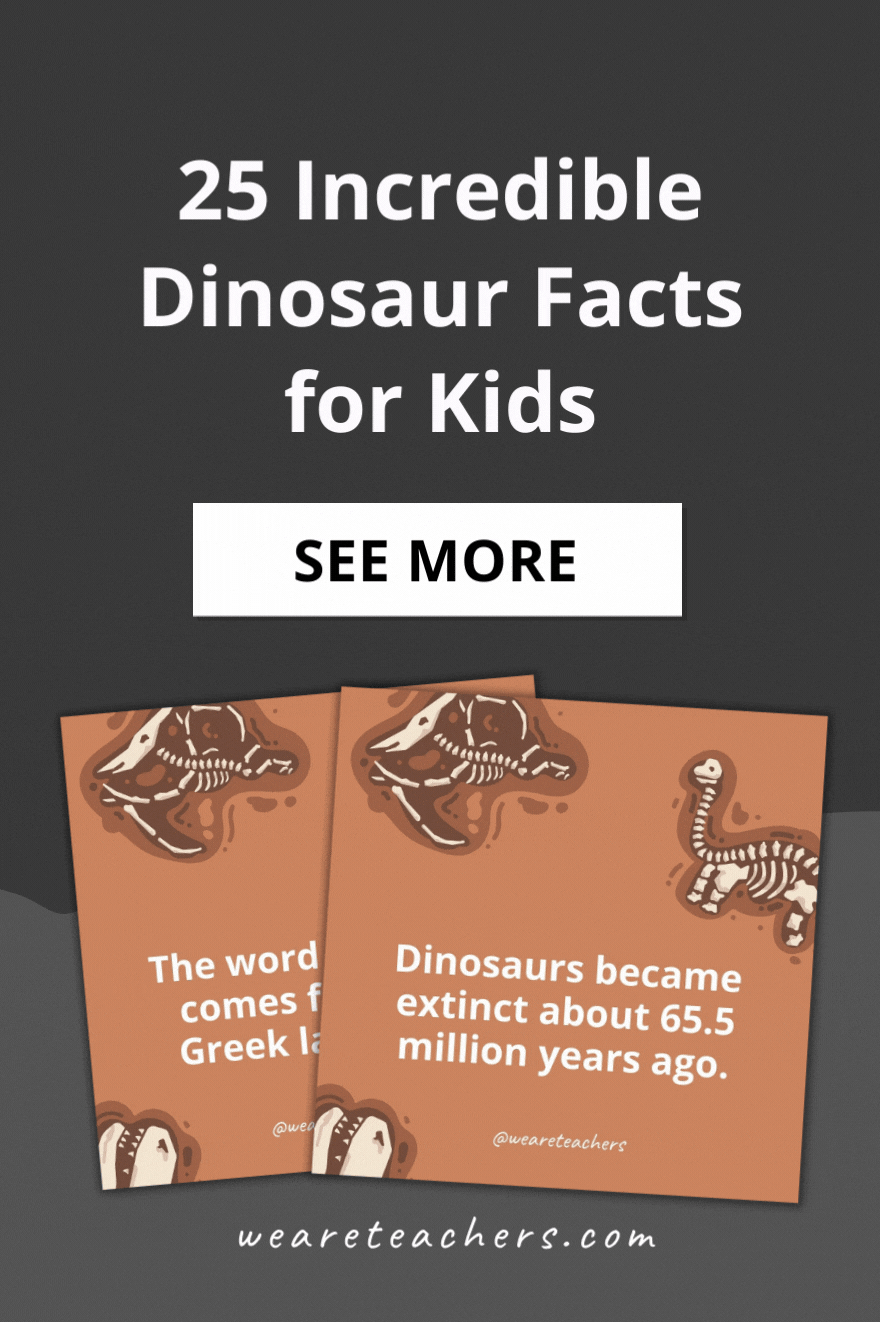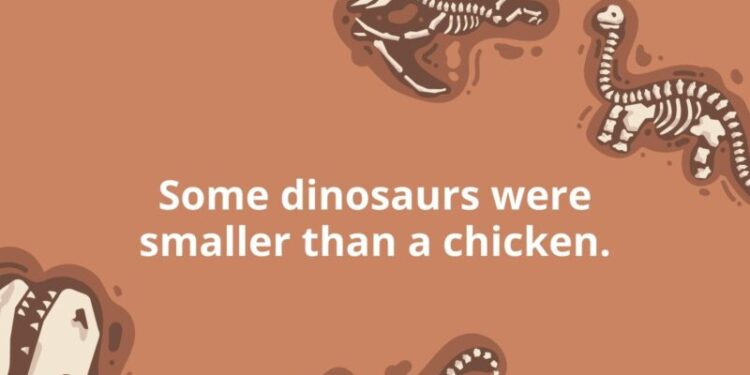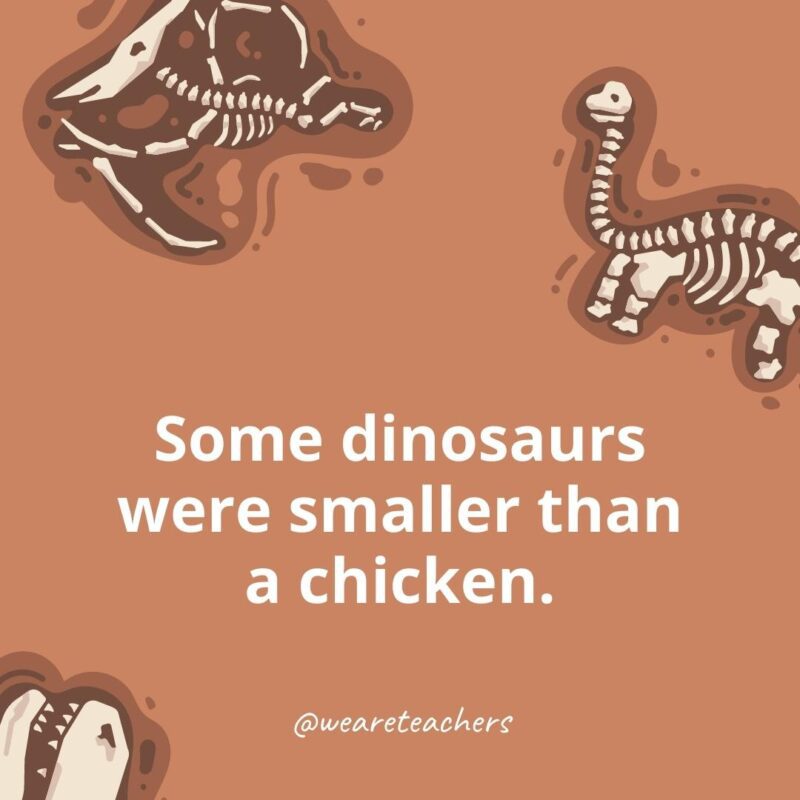We love dinosaurs, don’t we? Whether it’s visiting a museum to learn more about fossils or heading to the movie theater for a Jurassic-themed blockbuster, we can’t seem to get enough. But what do we really know about dinosaurs? We’ve put together this list of incredible dinosaur facts for kids to share with your students. You won’t believe some of these tidbits!
1. The word dinosaur comes from the Greek language.
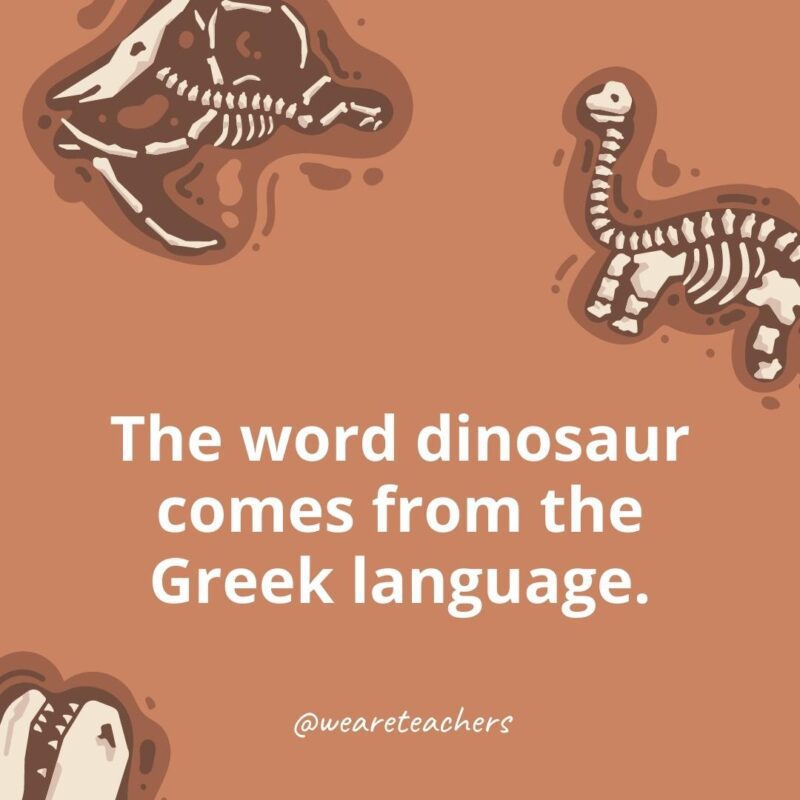

Coined by English paleontologist Richard Owen in 1842, the word dinosaur means “terrible lizard,” but it’s not because they are scary—it refers to their enormous size!
2. Dinosaurs ruled the Earth for more than 150 million years.
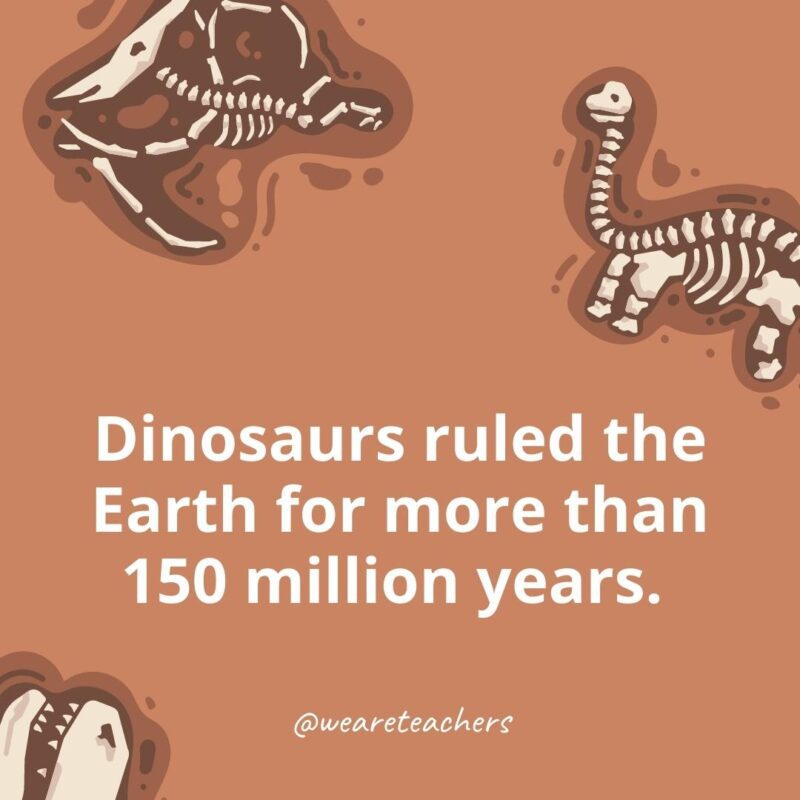

The lizard-like reptiles were the predominant animals on this planet, and some of them remain the largest, most terrifying creatures to ever exist! Beginning about 230 million years ago, dinosaurs roamed the planet from the Triassic period through the Jurassic period until the end of the Cretaceous period around 65 million years ago.
3. Dinosaurs became extinct about 65.5 million years ago.


No one is exactly sure why the dinosaurs died out. Some believe the climate became too hot or cold for them to exist. Others say that a huge asteroid collided with Earth—if this was true, why did some species, including the ancestors of frogs, turtles, and even birds, survive? It’s a mystery! Watch this video to explore some of the theories.
4. Baby tyrannosaurs were probably adorable.
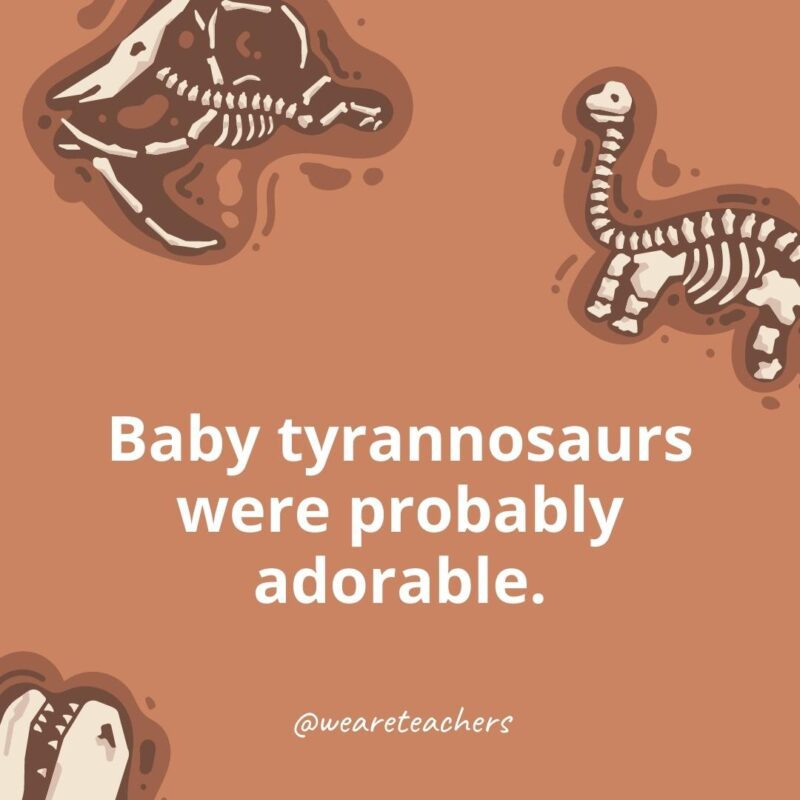

The ferocious adult T-Rex was the king of dinosaurs, but re-creations of their tiny hatchlings by the American Museum of Natural History are surprisingly cute!
5. The largest land-based dinosaur was the Argentinosaurus huinculensis.
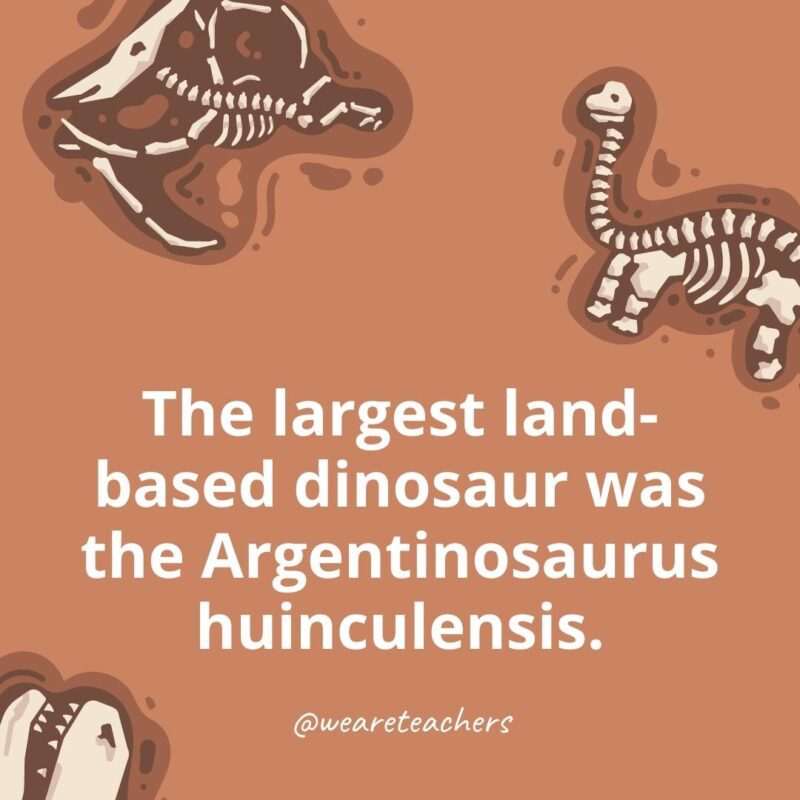

Incredibly, this massive dinosaur could reach up to 130 feet in length! Watch this video about the biggest dino ever!
6. The first dinosaur to be named was the Megalosaurus.
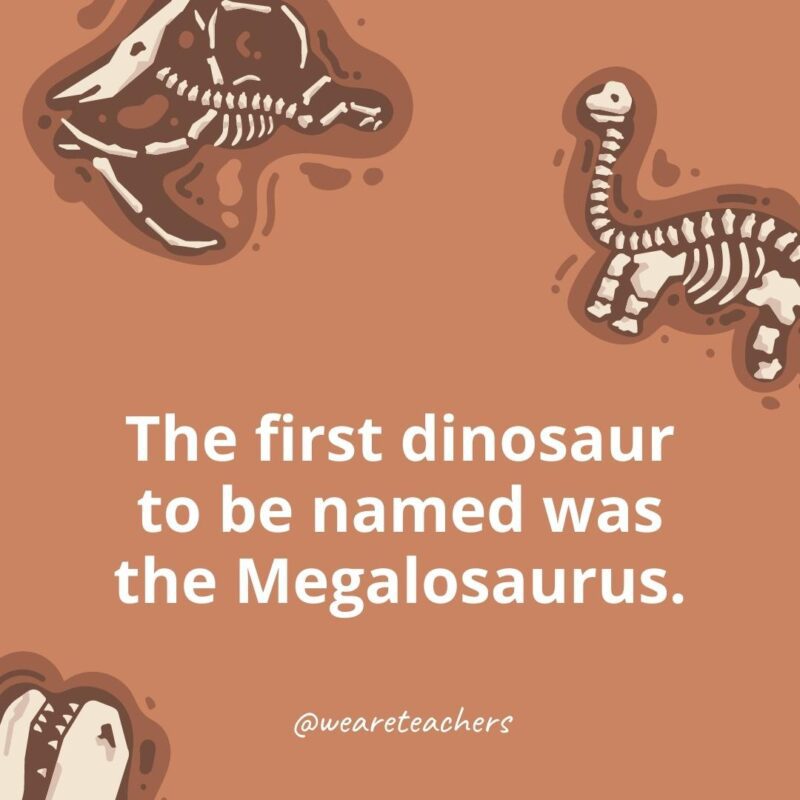

Check out this video about the discovery of the first dinosaur in 1824.
7. The oldest dinosaur is the Eoraptor.
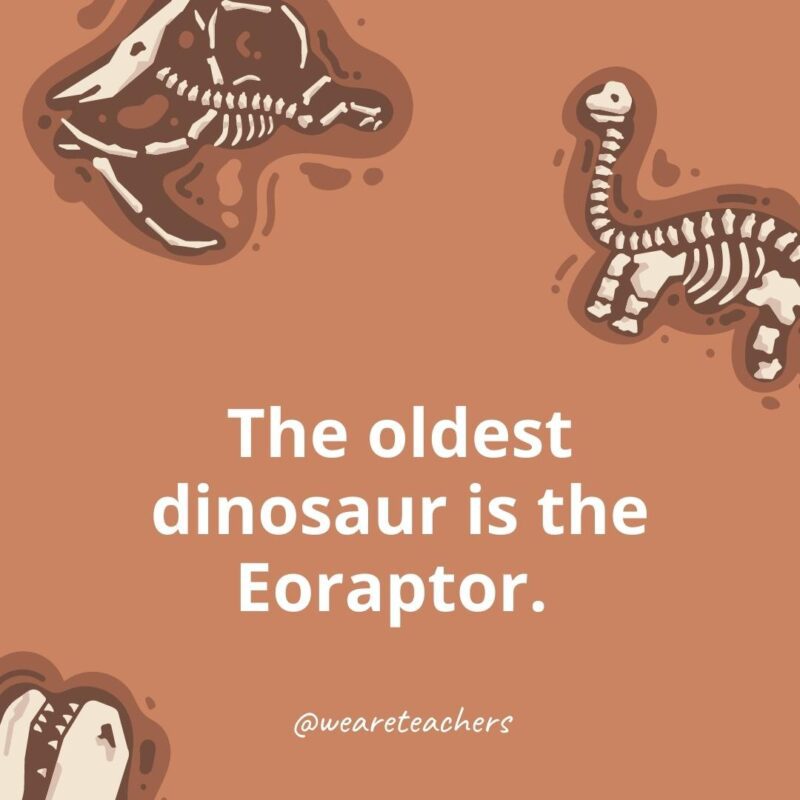

We are still learning about dinosaurs, but the oldest one known to us right now is the Eoraptor, an omnivore that roamed the Earth around 230 million years ago.
8. Paleontologists study dinosaurs.
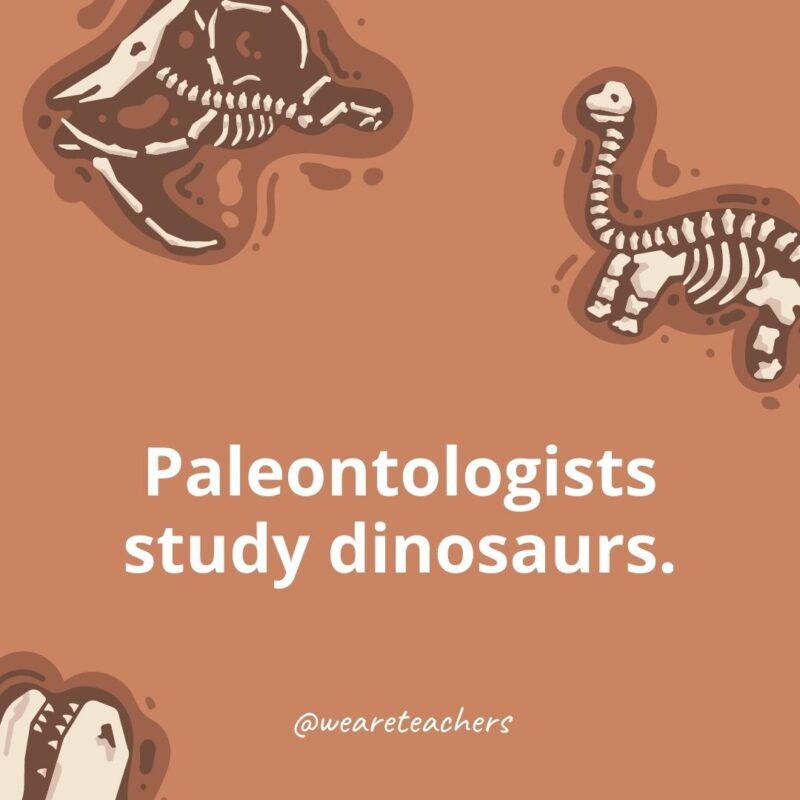

What do paleontologists do? This video will help you “dig in” and learn more!
9. Dinosaur fossils were first discovered in the early 1800s.
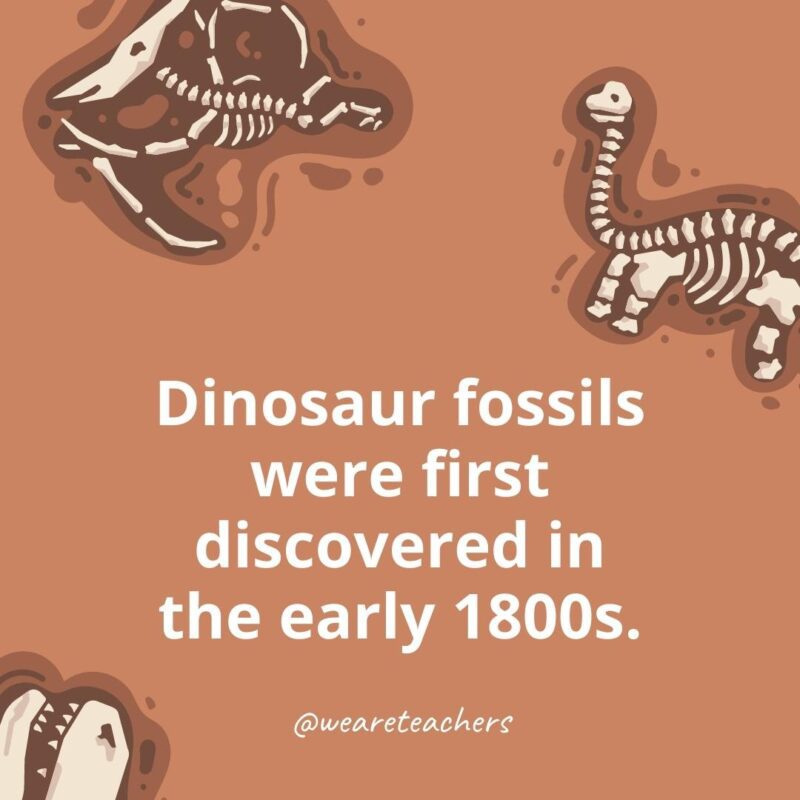

These remains have been preserved in rock and give us a better understanding of dinosaurs and how they lived.
10. Scientists believe that birds descended from dinosaurs.
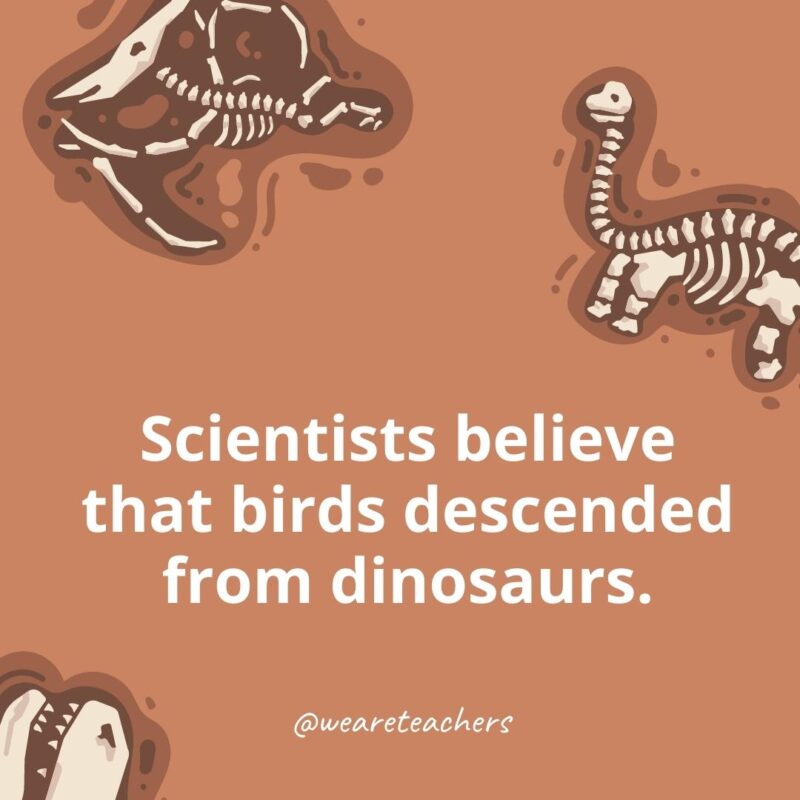

Paleontologists also say that dinosaurs were cousins of lizards, snakes, and crocodiles! Watch this video from National Geographic to answer the question: Are Birds Modern-Day Dinosaurs?
11. Many adult dinosaurs had feathers.
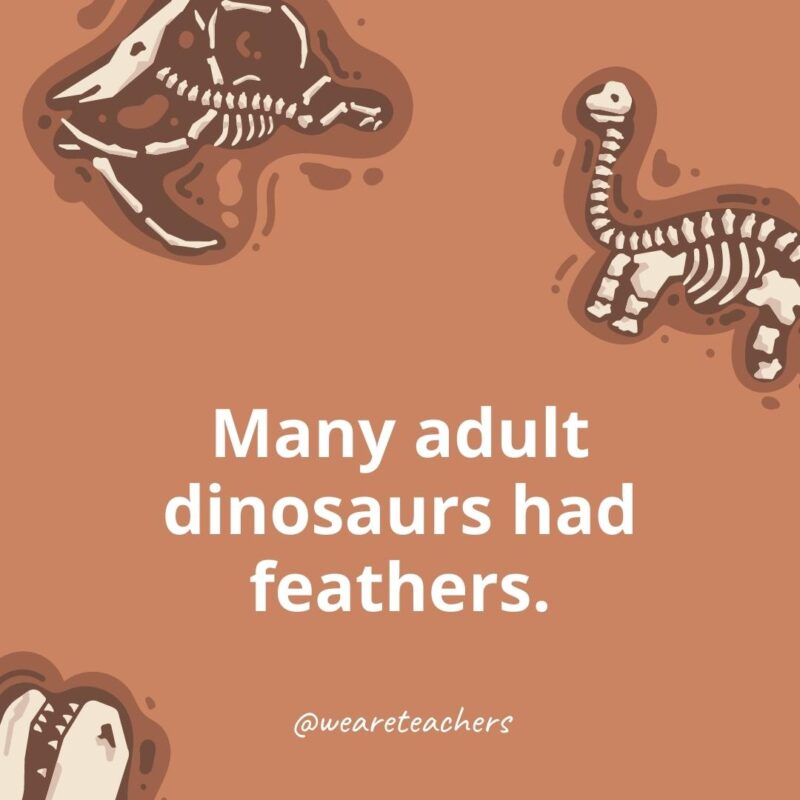

The largest known feathered dinosaur was the Yutyrannus huali (watch this to learn more about this super-predator!). This cousin of the T-Rex was 30 feet long and probably relied on its feathers to stay warm. Other types of dinosaurs had flight feathers that they used to fly!
12. Dinosaurs and humans did not coexist.
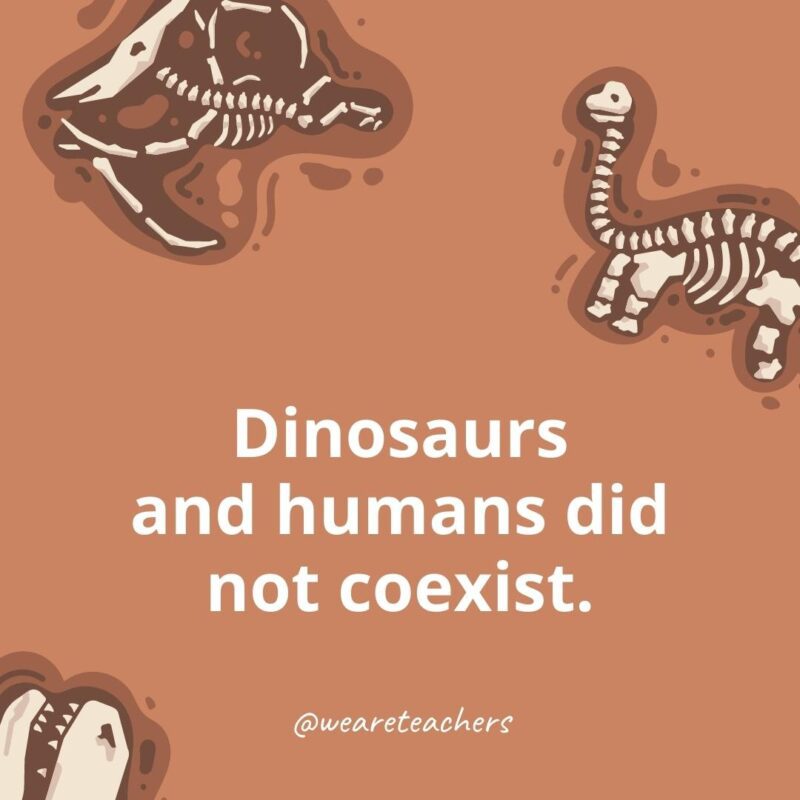

Humans did not appear on Earth until about 65 million years after dinosaurs became extinct.
13. Not all dinosaurs were carnivores.
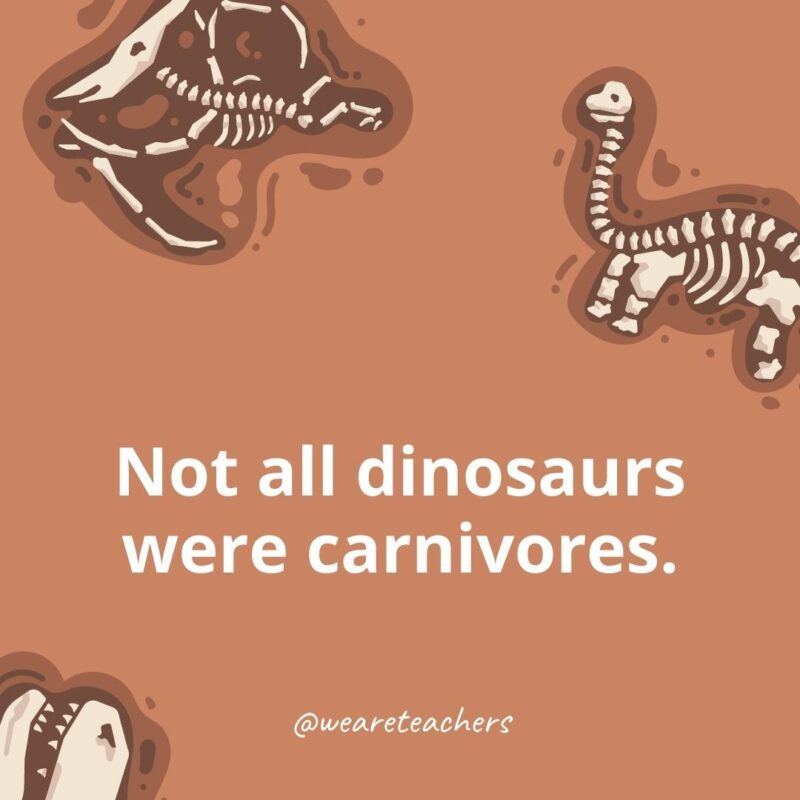

Many of the biggest dinosaurs, including the Brachiosaurus and Apatosaurus, were herbivores, or plant-eaters. To protect themselves from their carnivorous counterparts, many had natural weapons such as spikes on their tails or horns as a shield.
14. Dinosaur fossils have been found on every continent.
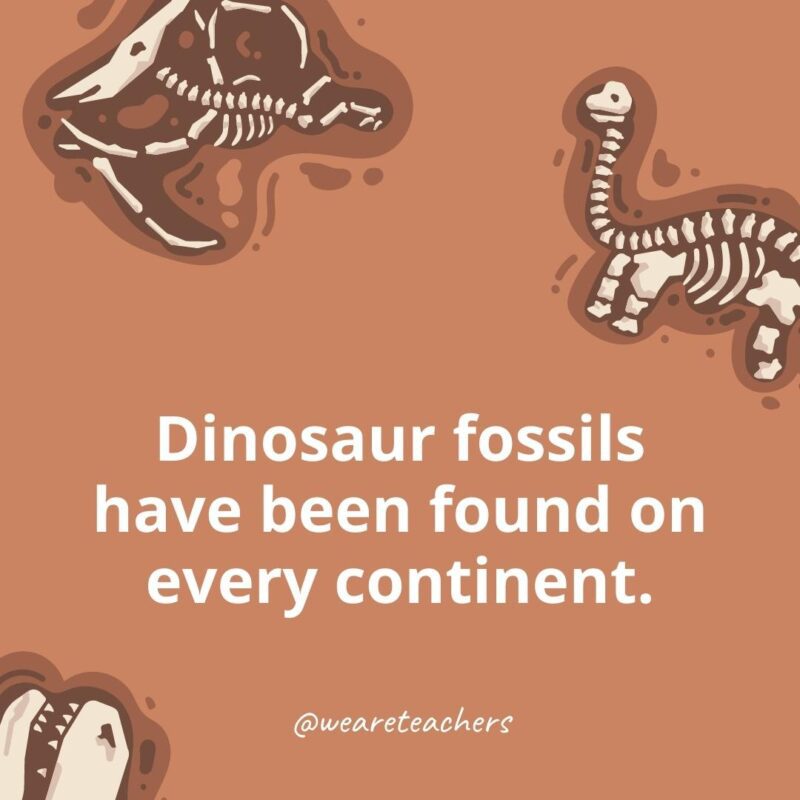

Dinosaurs lived all over the world in different types of environments and climates, from dry, sandy deserts to lush tropical forests.
15. We drink the same water as dinosaurs.
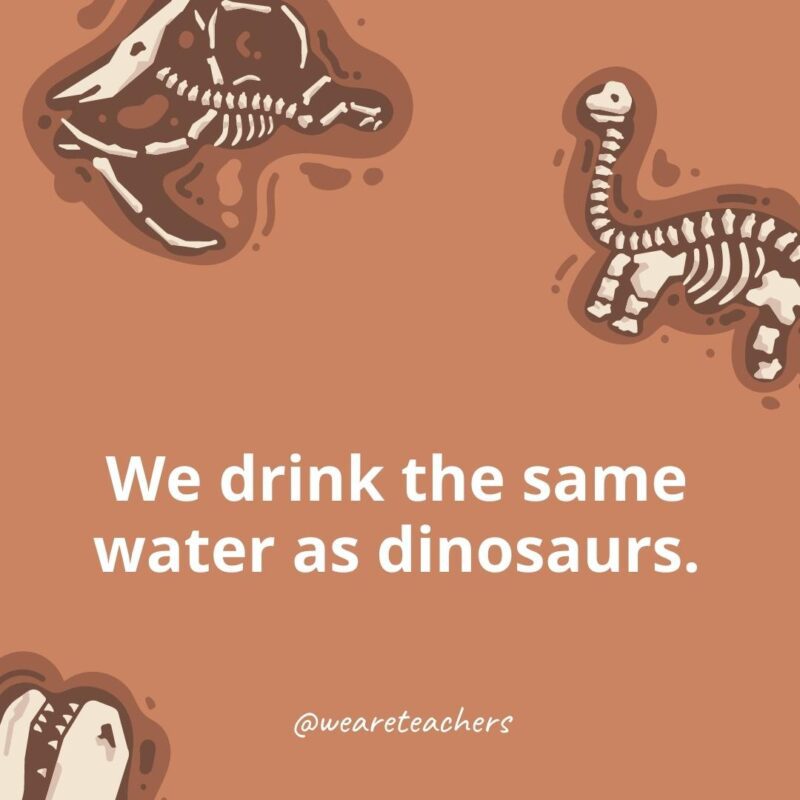

Billions of years ago, water arrived on Earth, possibly as ice on meteorites that crashed into the new planet. These same water molecules continue to evaporate, condense into clouds, and precipitate. This means we’re all drinking the same water the dinosaurs did millions of years ago!
16. Pterodactyls are not dinosaurs.
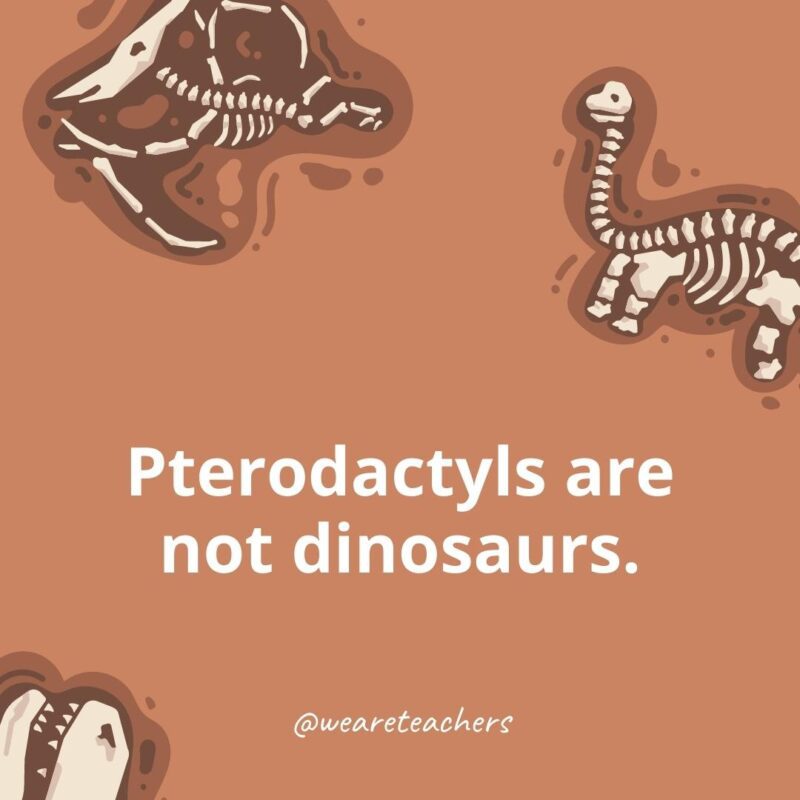

These flying reptiles had a lot in common with dinosaurs and their existence overlapped, but they are not dinosaurs by definition. This video from the American Museum of Natural History explains why. They were, however, the first reptiles capable of flying!
17. Some dinosaurs were smaller than a chicken.
The Microraptor, for example, was a tiny carnivore that weighed about two pounds and was small enough to fit in an adult’s hands. It had flight feathers on its legs to help it glide from branch to branch.
18. Dinosaurs were colorful.
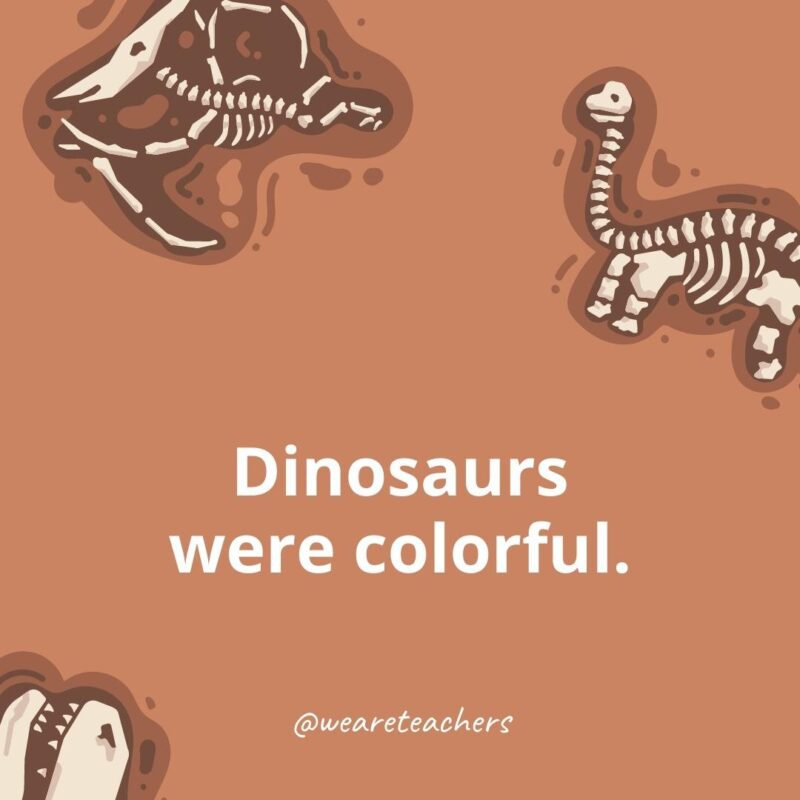

While scientists have believed that dinosaurs were gray, green, or brown, new research has revealed that they were likely more colorful than that! For example, the Sinosauropteryx was a turkey-size dino that was probably orange and white with a striped tail. Paleontologists also think the Caihong juji was rainbow-colored with shiny, iridescent feathers on its chest and neck!
19. Dinosaurs laid eggs.
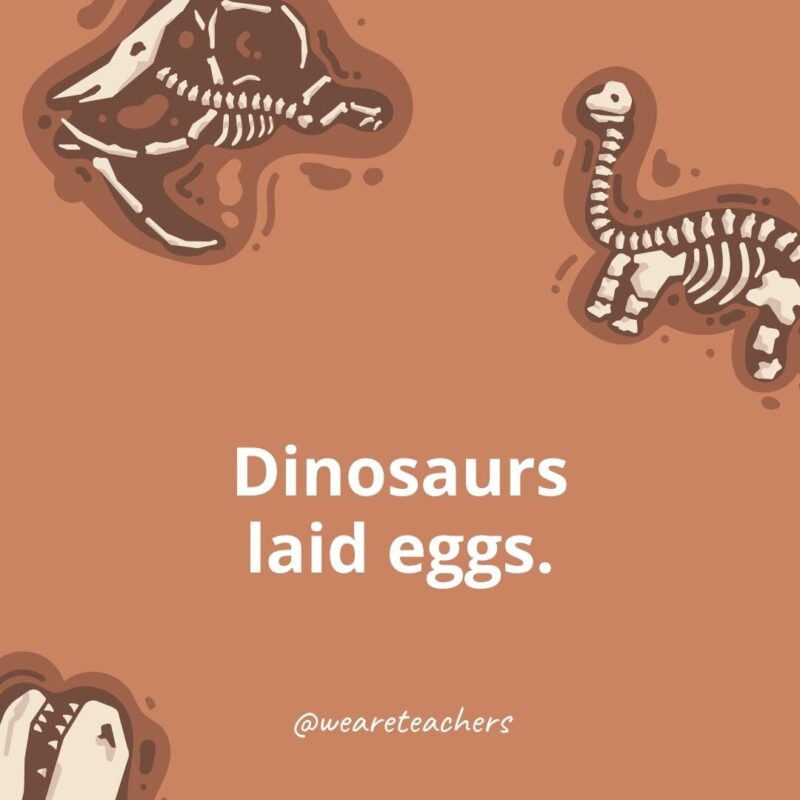

Most dinosaurs laid eggs and built large nests to protect their babies and keep them together.
20. Young dinosaurs grew fast.
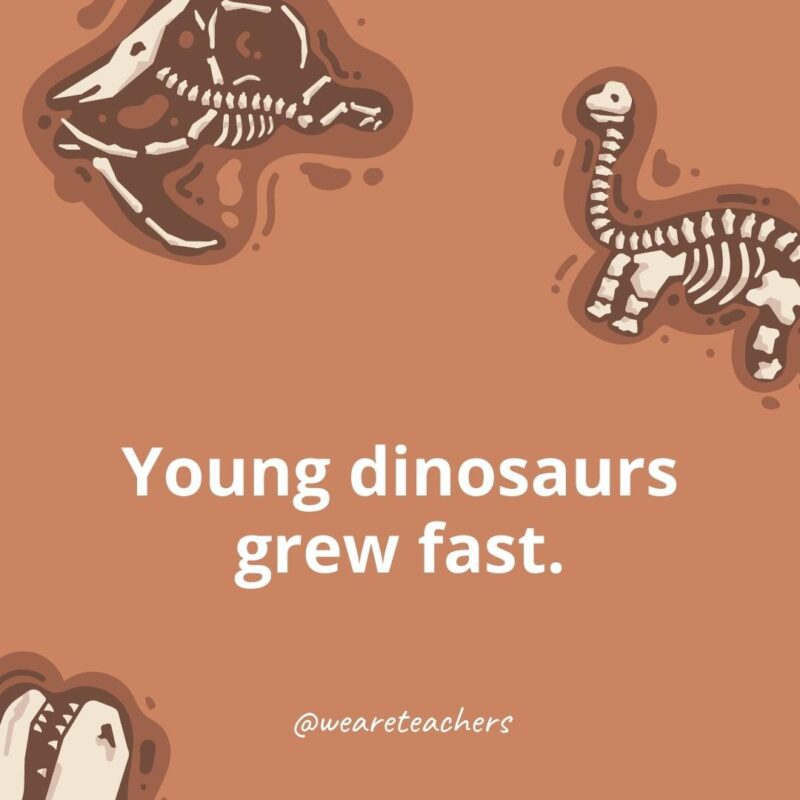

Remarkably, dinosaurs reached their full size, or adulthood, in just about seven or eight years!
21. Some dinosaurs had a long lifespan.
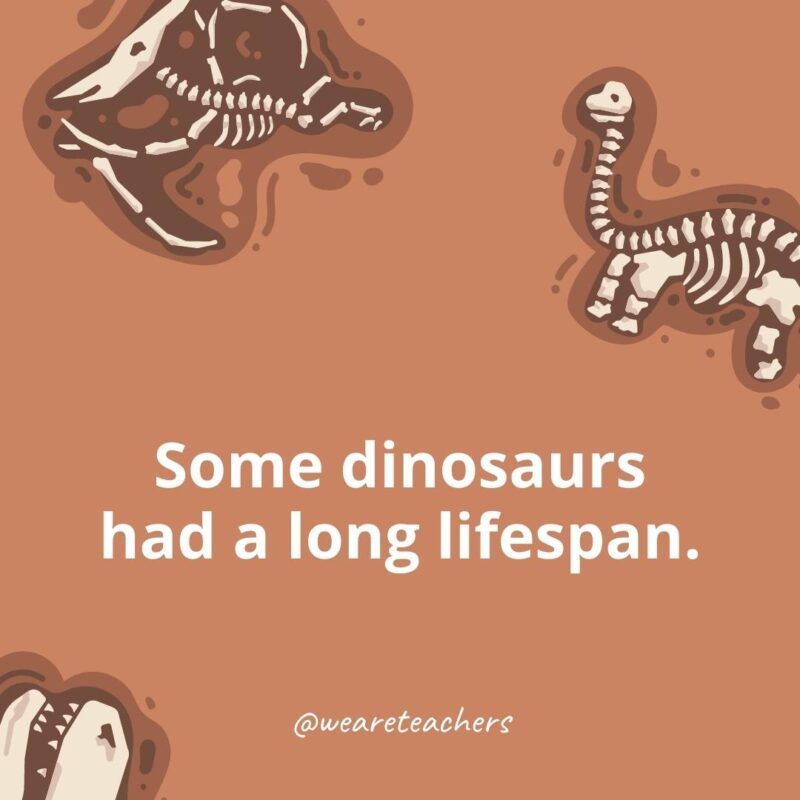

It’s believed that some large dinosaurs could live almost 100 years.
22. Not all dinosaurs existed at the same time.
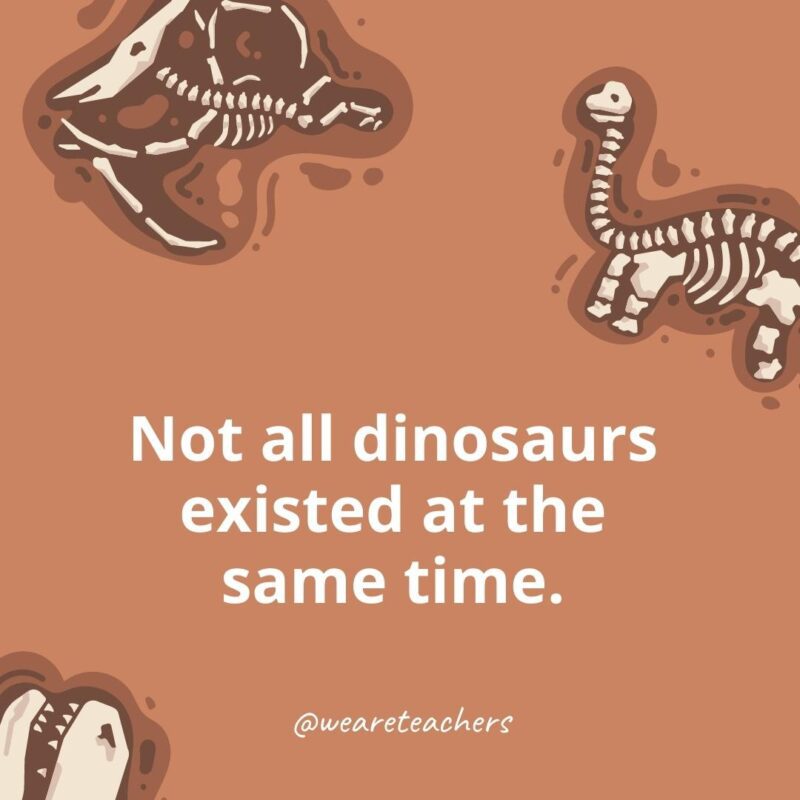

For millions of years, new dinosaur species emerged while others went extinct at different times. By the time the T-Rex was alive, the Stegosaurus was already a fossil!
23. Dinosaurs got sick.
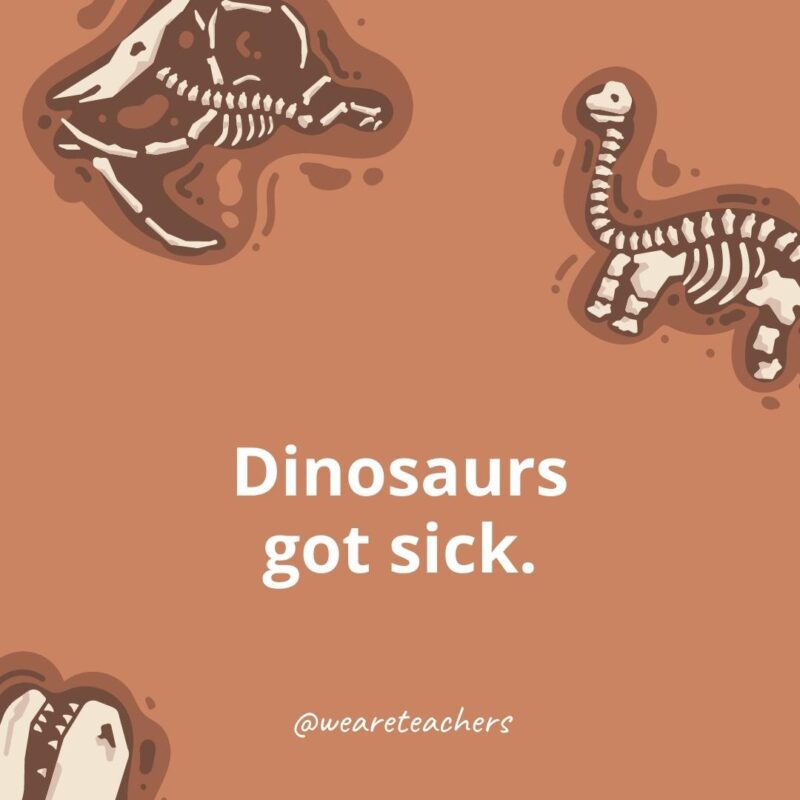

There is evidence that non-avian dinosaurs caught respiratory illnesses and developed symptoms like runny noses and hacking coughs.
24. Dinosaurs loved to snuggle.
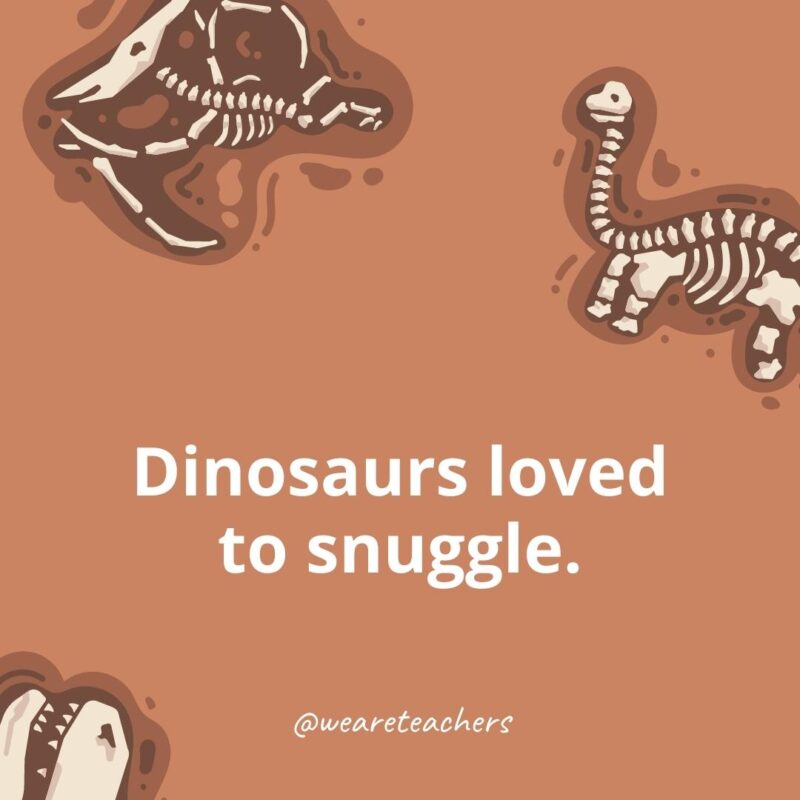

One of the most surprising dinosaur facts for kids was that these creatures snuggled. Paleontologists discovered the fossilized skeletons, from around 70 million years ago, of three young Oviraptorosaurs who were huddled together. It’s possible that they were roosting together for protection or to stay warm.
25. We haven’t found all the dinosaurs yet.
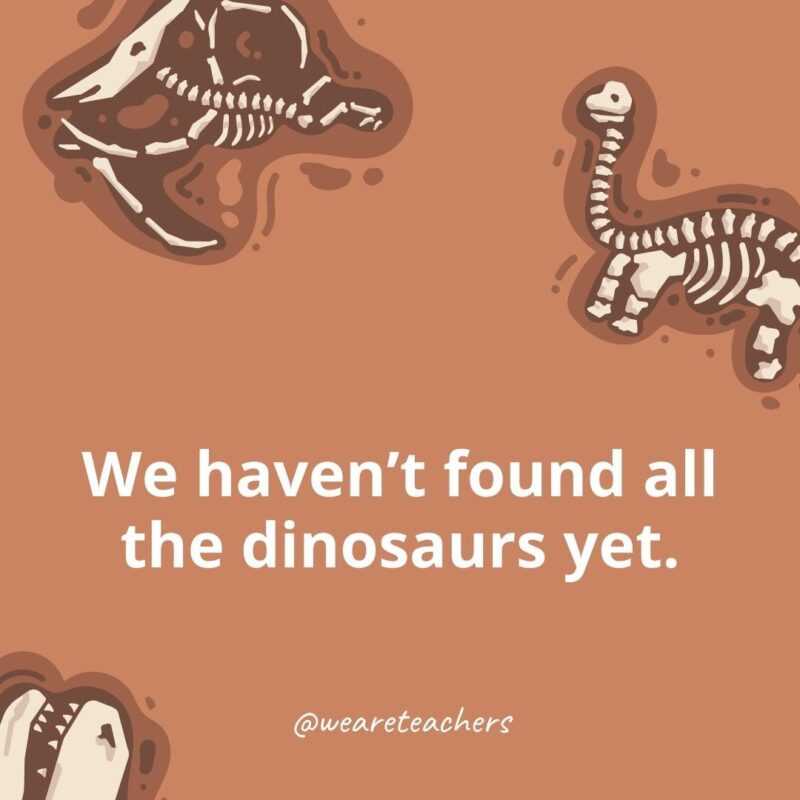

Science is all about searching for answers to questions and then asking even more questions! New species of dinosaurs are found all the time, giving us a clearer glimpse into what life was like for them. It also helps us better understand the species we’ve already found. Isn’t science amazing?
